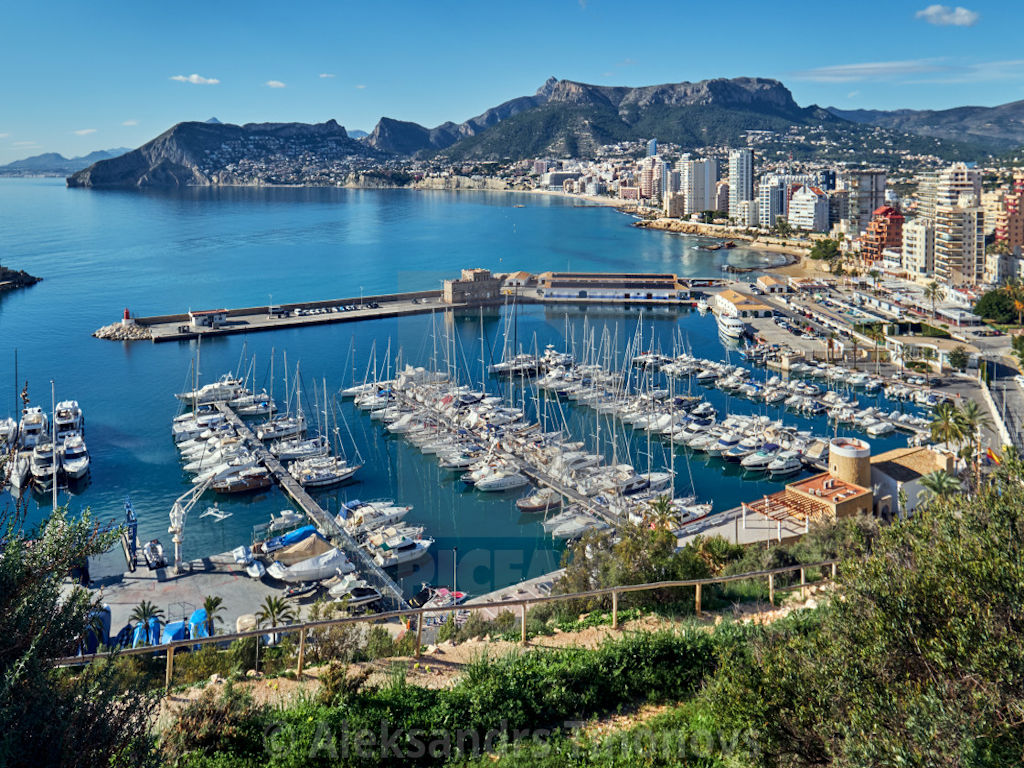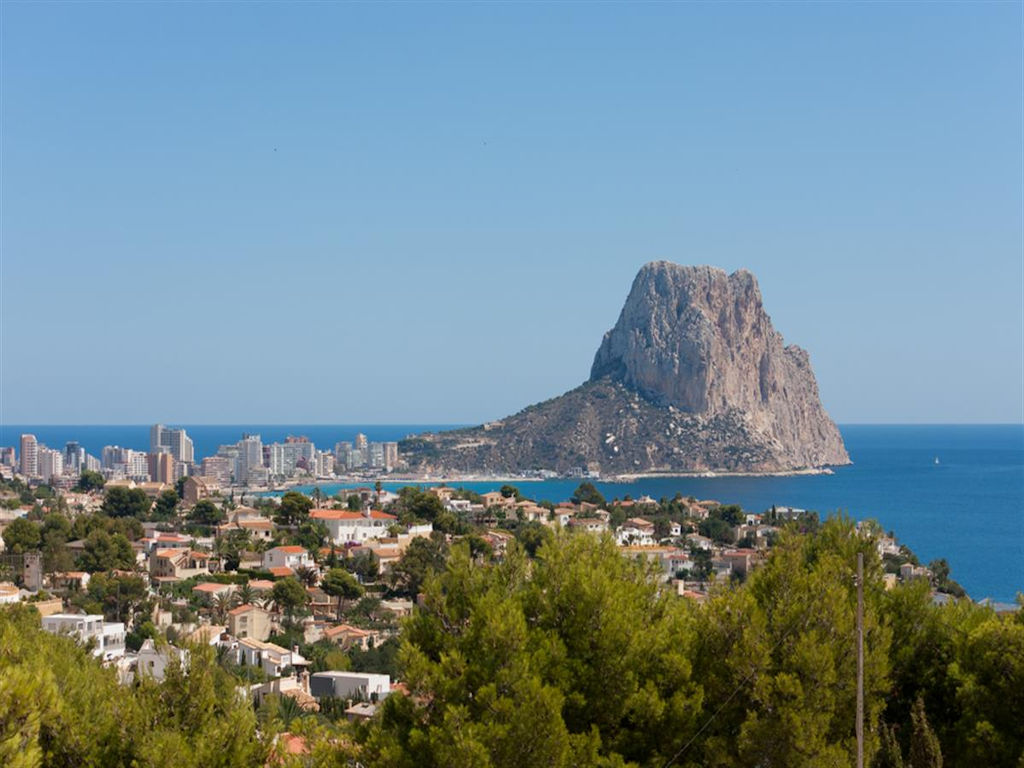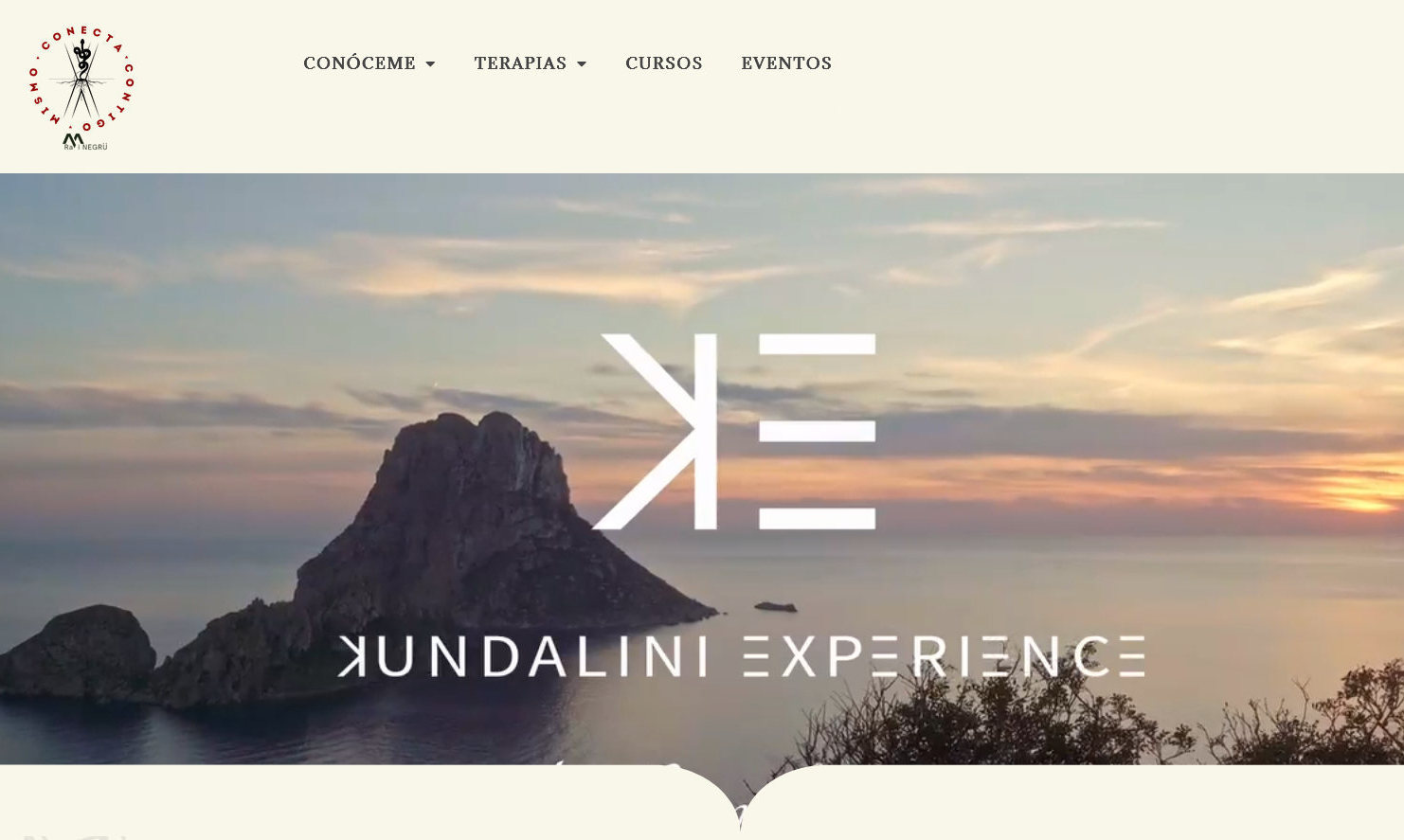Family holidays in Calpe on the Costa Blanca
Calpe (Calp) is a highly popular holiday destination for all ages, boasting two excellent sandy beaches with a total length of 11 km. To the north is Playa de Levante, which extends into the coastal regions of Benissa and Moraira, while to the south is Playa del Arenal. Both beaches are awarded the EU Blue Flag.
The charming town, with its 15,000 residents, is also renowned for its maritime traditions. Visitors can bid on fresh fish and seafood daily at the famous fish auction (Lonja) or enjoy them in one of the excellent fish restaurants. A notable landmark of Calpe is the 332-meter-high Penyal d'Ifac (Spanish: Peñón de Ifach). The main road of Calpe runs directly past the large salt lake, and many high-rise buildings can be found near the beach. There are more than 60 residential areas around the old town and beaches of Calpe, including Maryvilla, Canuta (both southwest of the old town), Tossal de Cometa, Grand Sol, and Ortembach.



The region around Calpe has a therapeutic climate rich in iodine and minerals, beneficial for rheumatism, gout, asthma, heart and circulatory problems, skin and allergy conditions. The climate features an average annual temperature of 21 degrees Celsius and about 300 sunny days.
Calpe offers shopping opportunities and international restaurants. A wide range of cafes, bars, and nightclubs ensures there is never a dull moment, and the long beach promenade invites visitors to stroll along the sea. The impressive rock of Peñón de Ifach, part of the eponymous natural park, provides a spectacular view over the northern Costa Blanca. The towering rock, with its cyclopean and bluish-gray ridge reminiscent of the Rock of Gibraltar, is connected to the mainland by a narrow isthmus and is protected as a natural reserve. A hiking trail leads through a small tunnel to the summit at Carallot. This tunnel, built in the early 20th century by the then-owner of the Peñón, was designed to facilitate the ascent of the rock.
The salt lakes have developed a significant flora and fauna over the centuries, adapted to the high salt content. Today, the lakes are particularly known for the many flamingos that inhabit them. The earliest archaeological finds suggest settlement by the Iberians. Later, around the 3rd century, the Romans established a colony at the foot of the Peñón de Ifach named Calpea.
During the Middle Ages, the scattered farmsteads were repeatedly attacked by pirates. Therefore, the Peñón de Ifach and the Torre del Moli served as watchtowers against the pirates. In the 20th century, Calpe developed into a popular holiday resort.
Our recommendations in Calpe (Calp) on the Costa Blanca:

